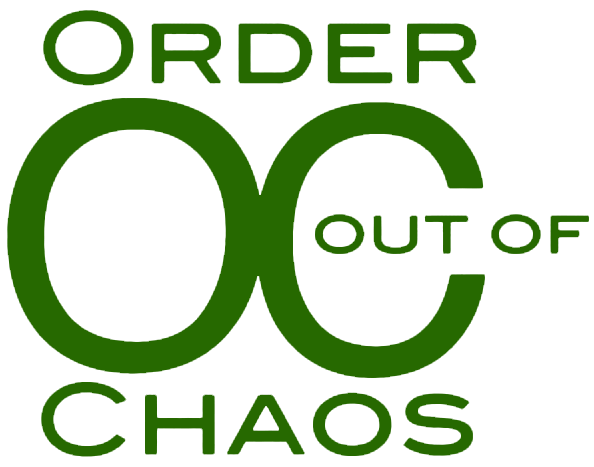What Is Your Child’s Learning Style?
If there has been one silver lining during the pandemic, what I hear from parents is that they have had a “front row” seat to how their child learns best. For some, using manipulatives and visual tools works best. For others, podcasts, audio books and videos are their secret sauce. And you might even been wondering why although you’ve shown your child “your” way of staying organized or time managed 100 times, it just does’t work…for them.
Here’s why.
Every person learns in a slightly different way. There is never just one right tactic or answer here—most of us fall into more than one learning-style category. Determining how your child learns best can help drive conferences with her teachers and inform how you try to guide homework and study efforts. The best way to figure it out is to take a step back and observe what seems to be working well. Then build from there.
There are four main learning styles:
Visual learners rely on what they see. They benefit from illustrations and visual presentations. They are usually good readers and take lots of notes. They learn best from reading, making flashcards and using different colors to create study guides. They also learn by watching what others do.
Auditory learners learn by absorbing information they hear. They remember best by reciting new information and reading aloud, and they can learn in a noisy environment. They benefit from instruction that is based on discussion and questions. Making up songs or poems is an excellent study method for auditory learners.
Tactile learners like to write things down or take notes when learning. They also like to doodle and draw. They tend to enjoy reading books, writing stories and illustrating what they have learned.
Kinesthetic learners learn best by doing. Hands-on instruction, manipulatives, role-playing or building things helps them to lay down learning. Touch and movement are critical to their process and having them teach you are essential for them to learn.
WANT MORE TIPS AND TOOLS LIKE THESE?
Sign up for our popular monthly newsletter and have our latest articles, resources and events delivered directly to your inbox. Trust us. You will LOVE it!
SIGN ME UP NOW!
Looking for tools that can help you and your kiddo(s) grapple with systemic racism?
Here are 10 children’s books about racism and activism to parents educate their kids.


